Welles Wilder, the creator of ADX, was calling the crossing points between DI+ and DI- (Directional Indexes) equilibrium points. He was considering these points extremely important to determine the quality of the trend a commodity was undergoing.
This code draws a line on the price to show the distance between the price line and the Equilibrium Point of the day and allows an easier estimation of how much the highs or lows have to move in order to pierce the equilibrium point and cause an inversion of the trend as it is defined by the Directional Movement Indicator.
Blue skies.
|
1 2 3 4 5 6 7 8 9 10 11 12 13 14 15 16 17 18 19 20 21 22 23 24 25 26 27 28 29 30 31 |
//computation of 1-day delayed Directional Movement indicators up=high[1]-high[2] dw=low[2]-low[1] if up>dw and up>=0 then plusdm=up else plusdm=0 endif if dw>up and dw>=0 then mindm=dw else mindm=0 endif dip=wilderaverage[14](plusdm) dim=wilderaverage[14](mindm) //computation future Directional Movement Indicator if dip>dim then dipfut=(13*dip/14)+dip/14 dimfut=14*(dipfut-(13*dim/14)) endif if dim>dip then dimfut=(13*dim/14)+dim/14 dipfut=14*(dimfut-(13*dip/14)) endif if dip>dim then lin=low[1]-dimfut else lin=high[1]+dipfut endif //return of data return lin |
Share this
No information on this site is investment advice or a solicitation to buy or sell any financial instrument. Past performance is not indicative of future results. Trading may expose you to risk of loss greater than your deposits and is only suitable for experienced investors who have sufficient financial means to bear such risk.
ProRealTime ITF files and other attachments :PRC is also on YouTube, subscribe to our channel for exclusive content and tutorials
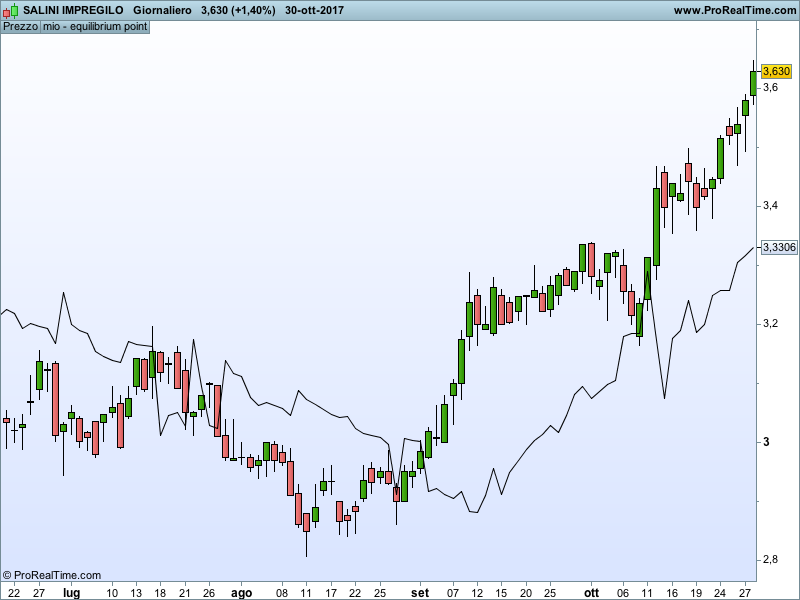

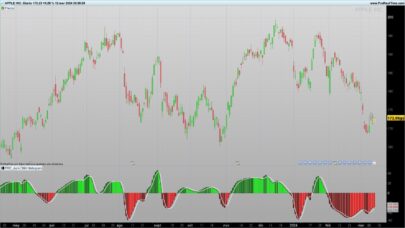
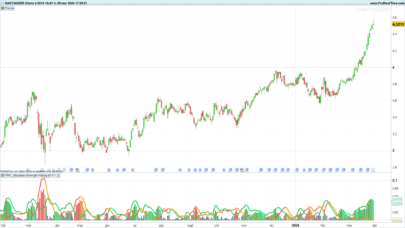
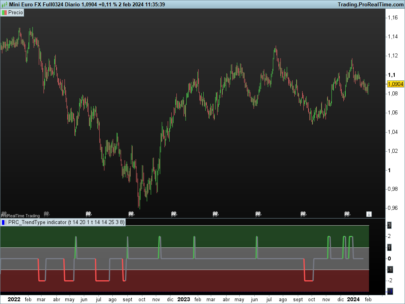
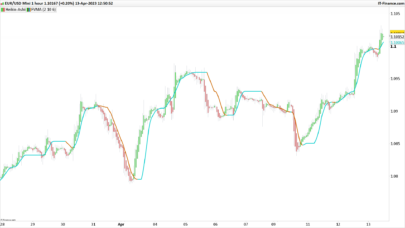
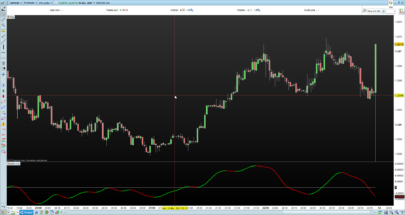
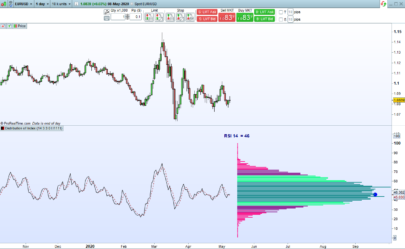
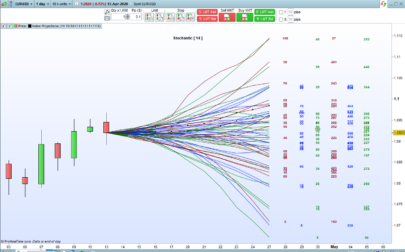
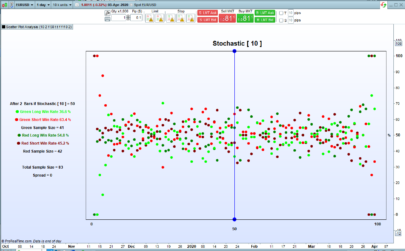
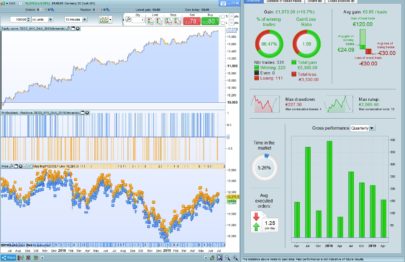
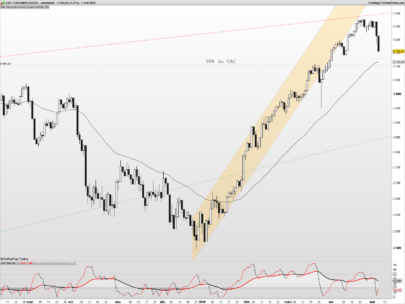
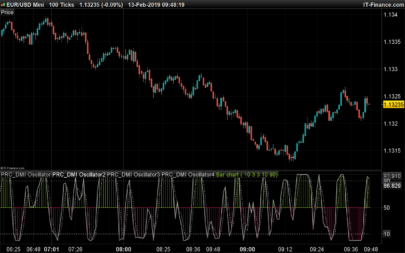
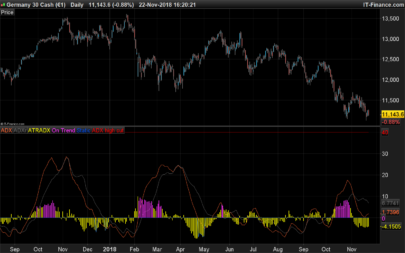

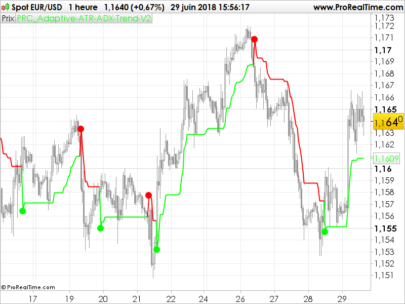
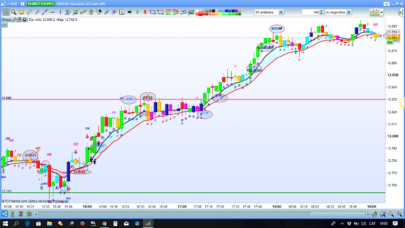
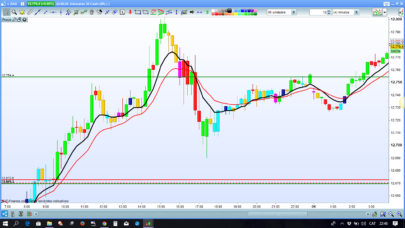
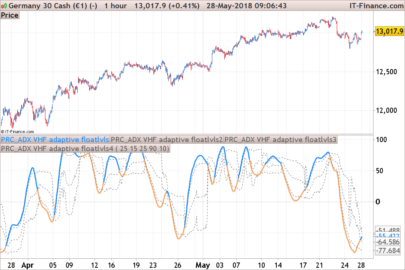
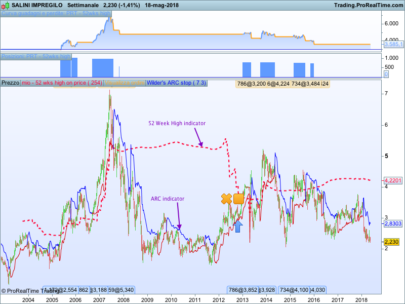
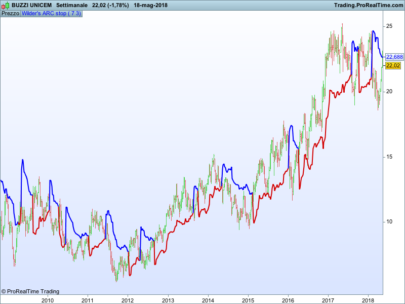
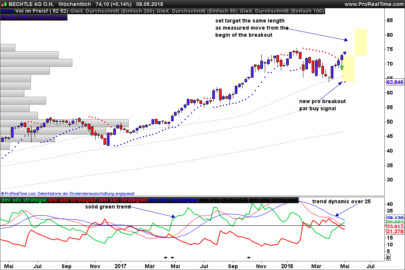



Nice…… Reminds me of the Supertrend indicator.
Agree. Many of those indicators are using very similar ideas. ADX is a very powerful and underestimated tool. I believe that showing other ways to represent it might give to this very useful indicator some more audience.
But still it is a (lagging) derivation of price itself.
All the indicators are lagging because they are all based on historical data.